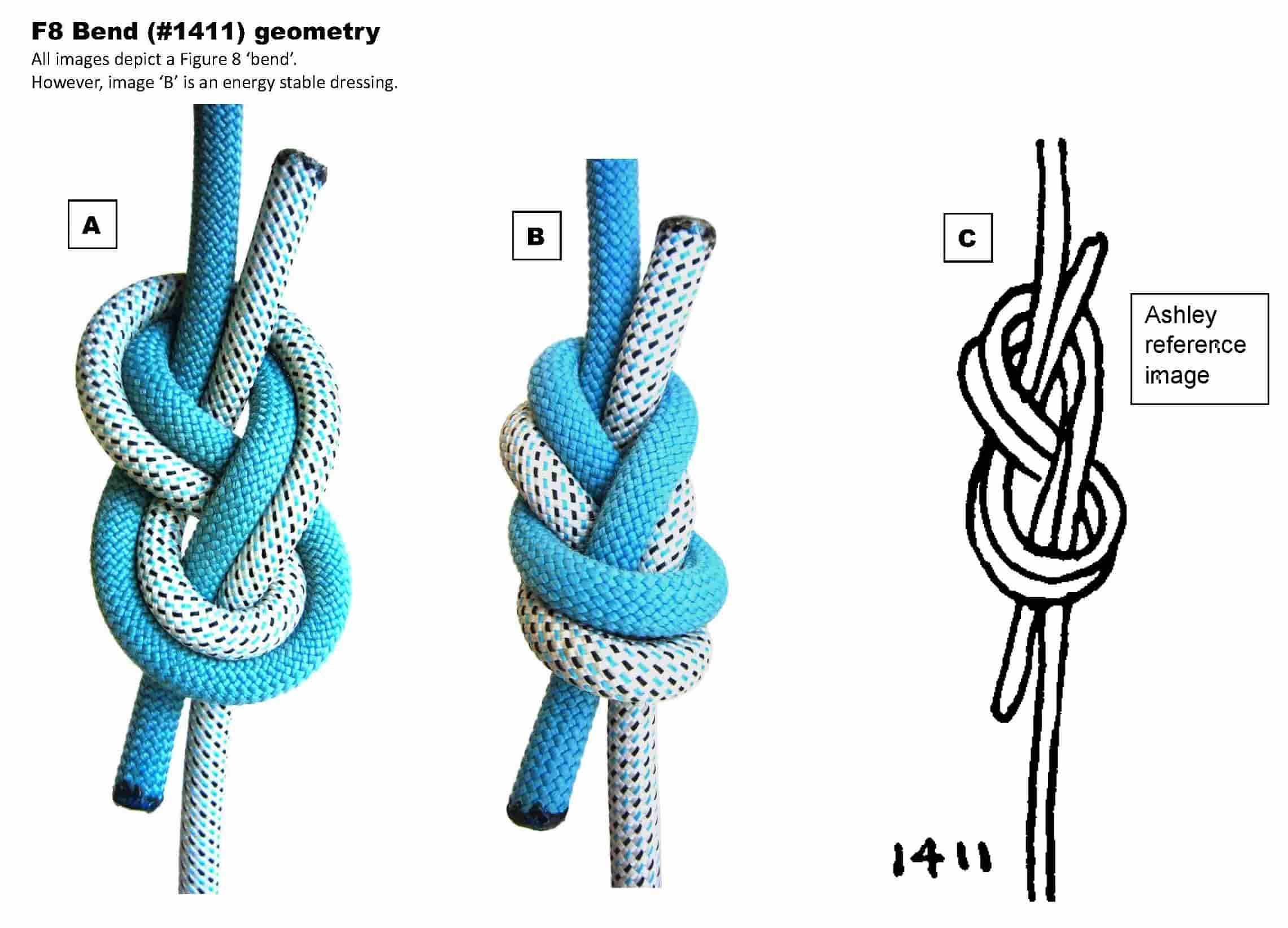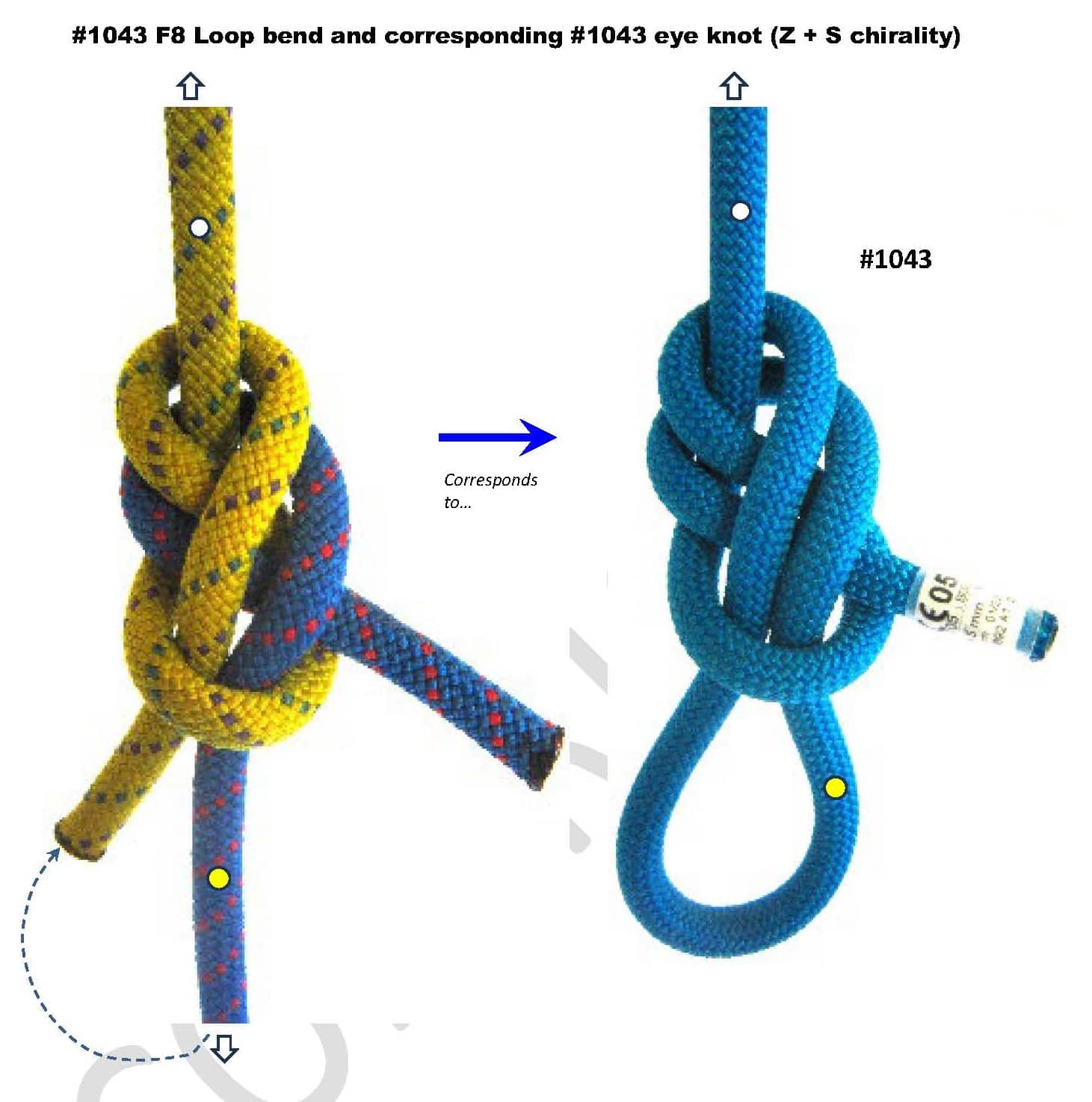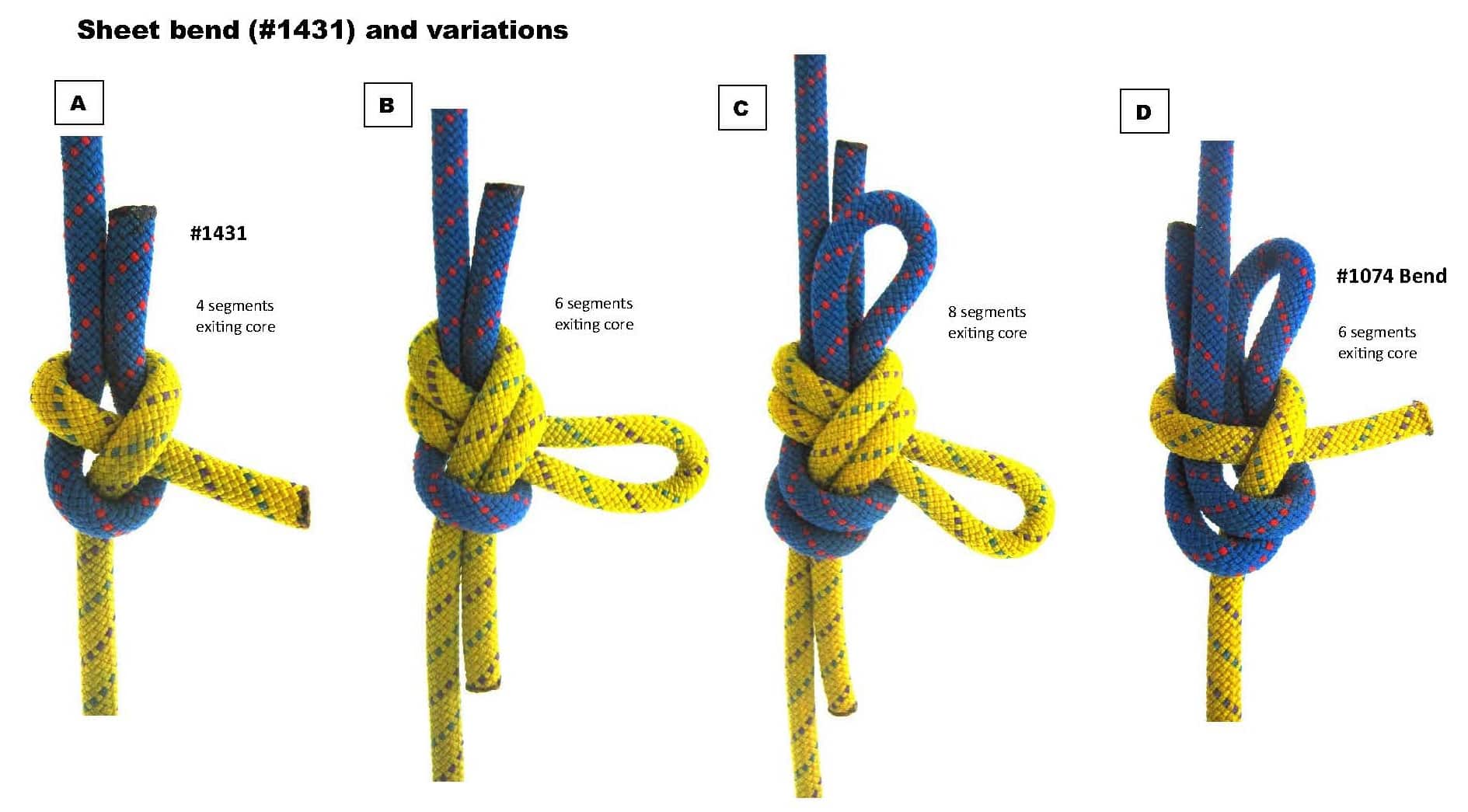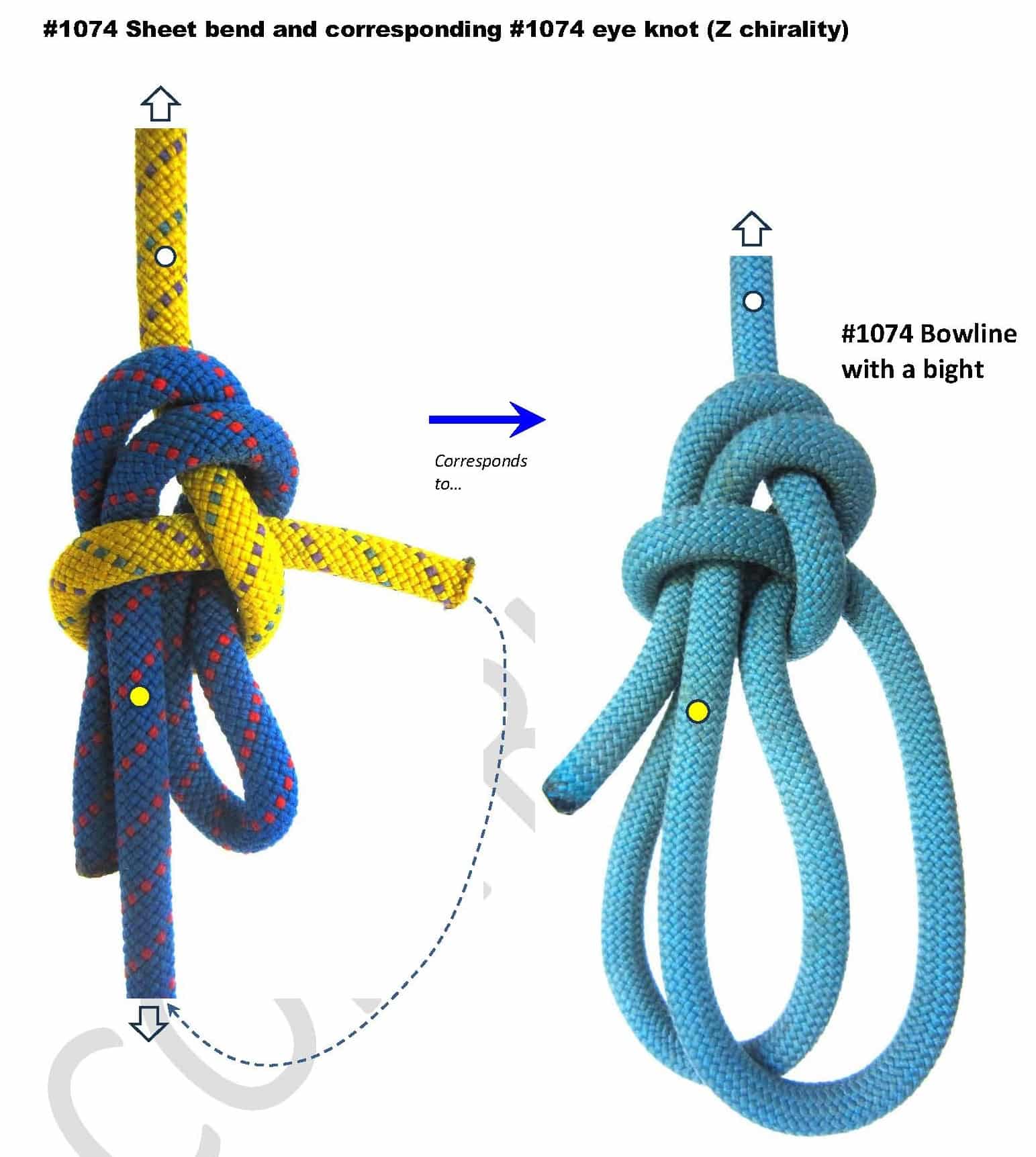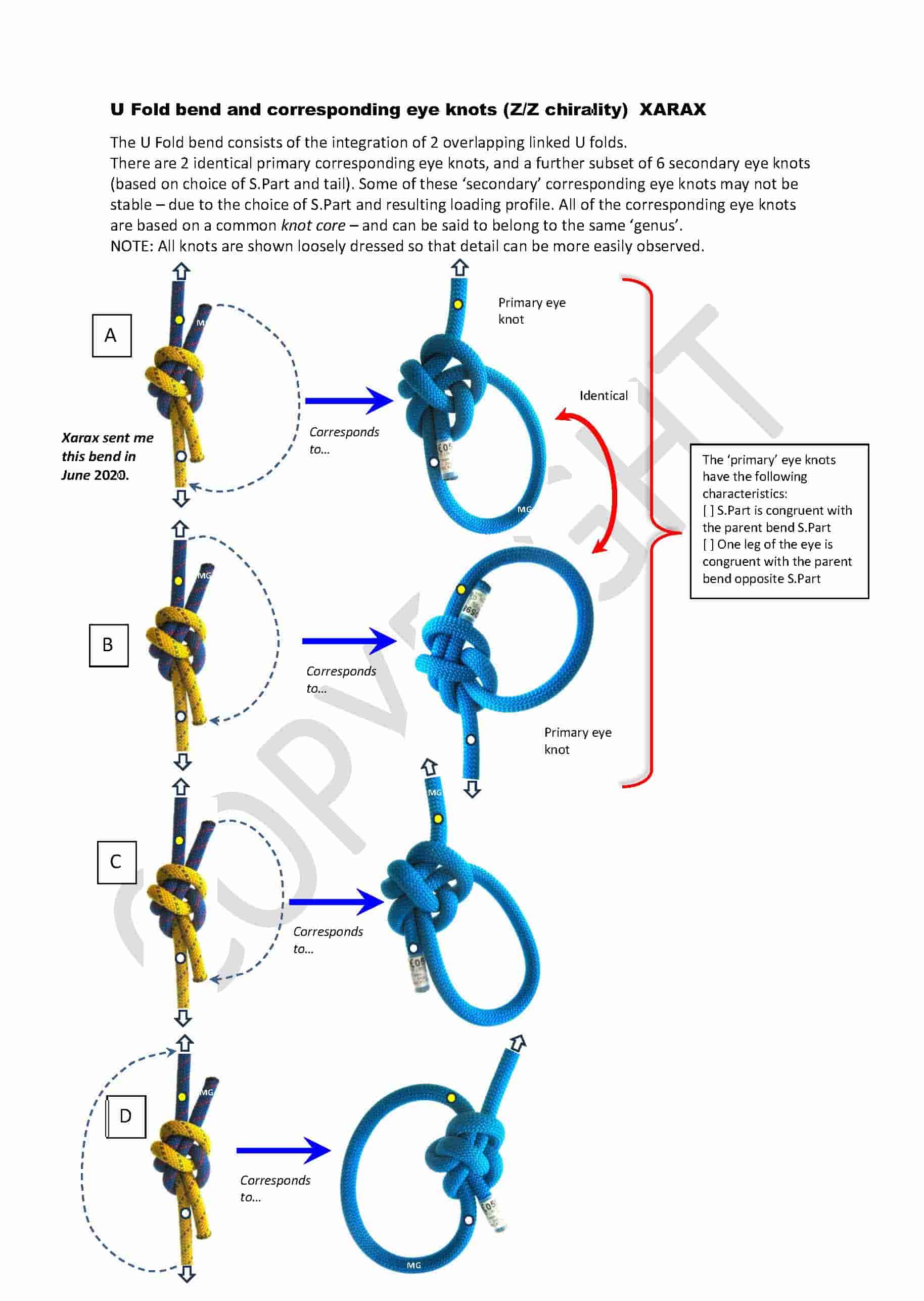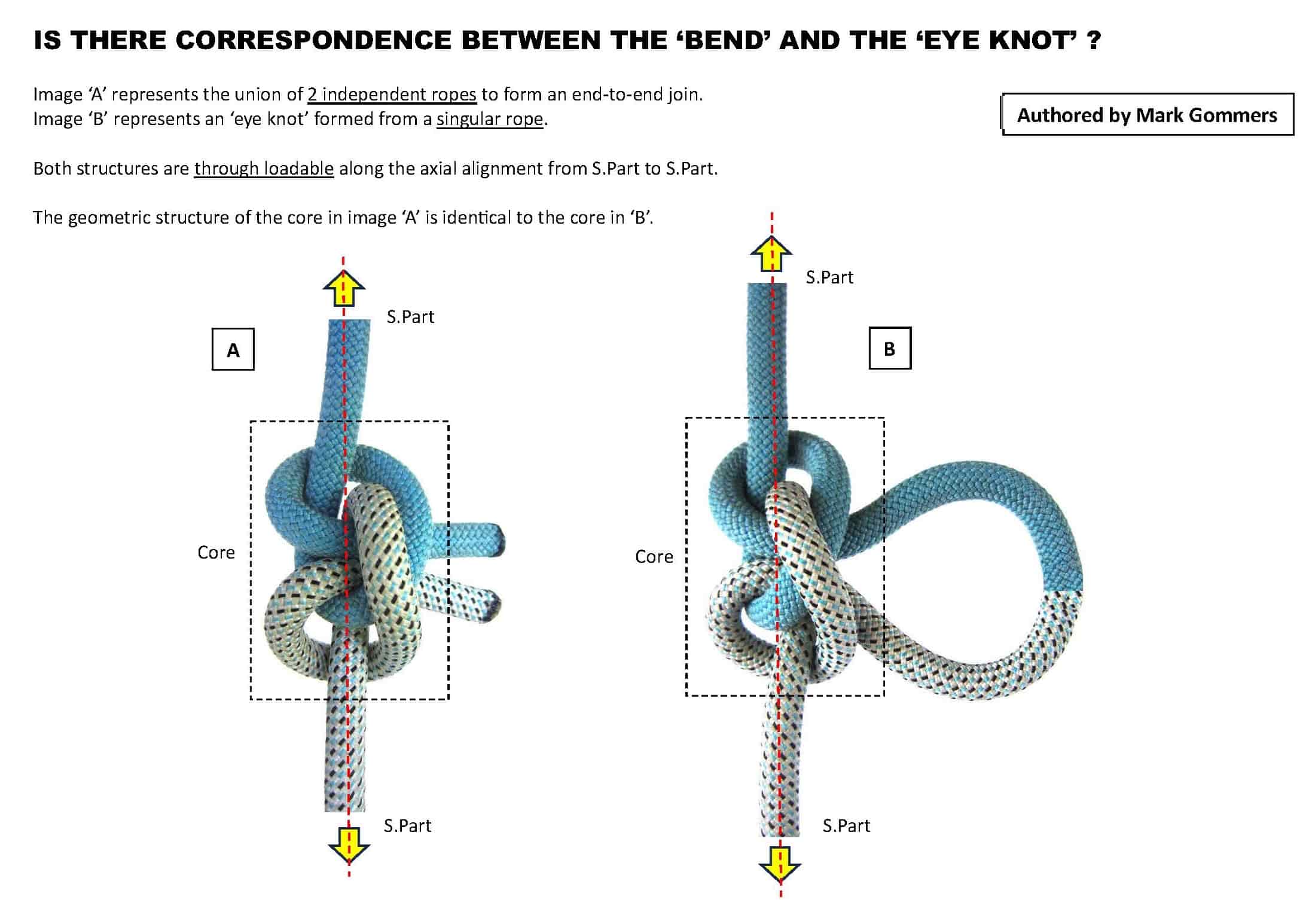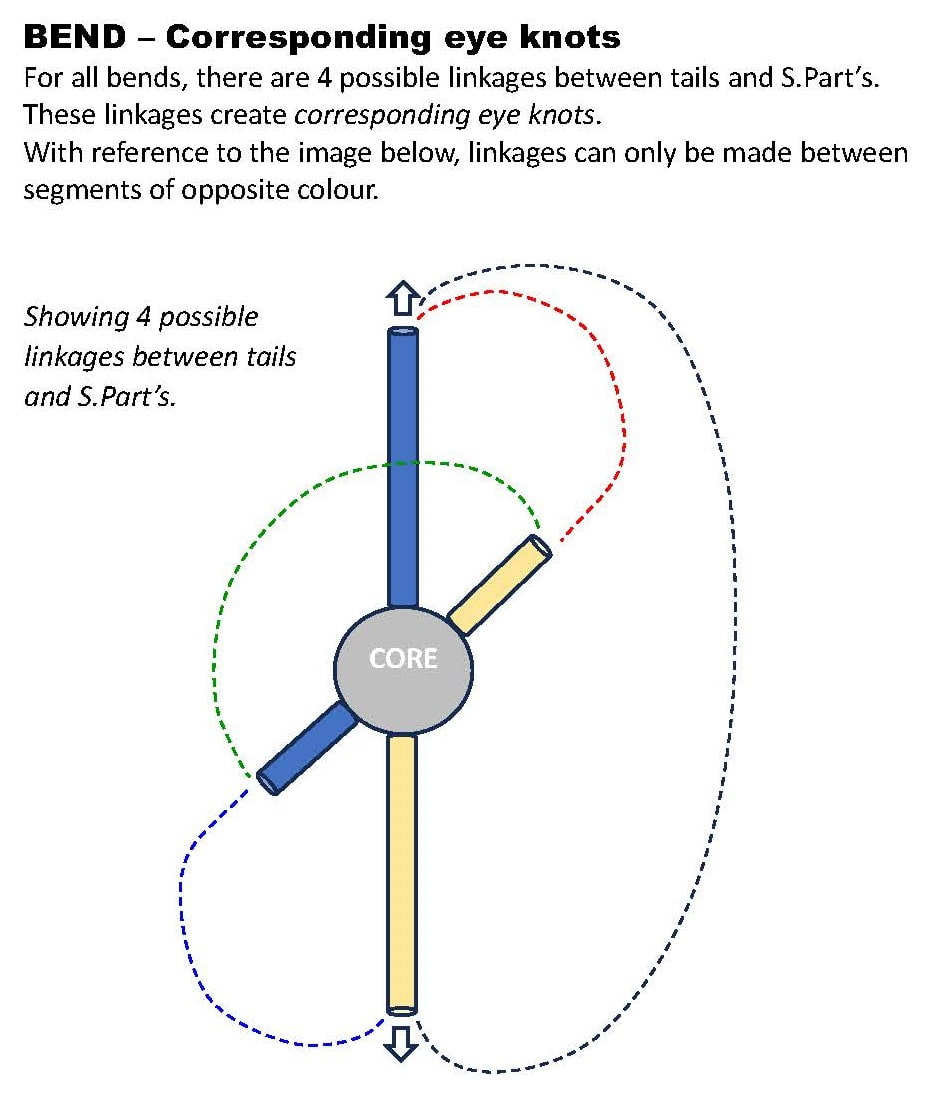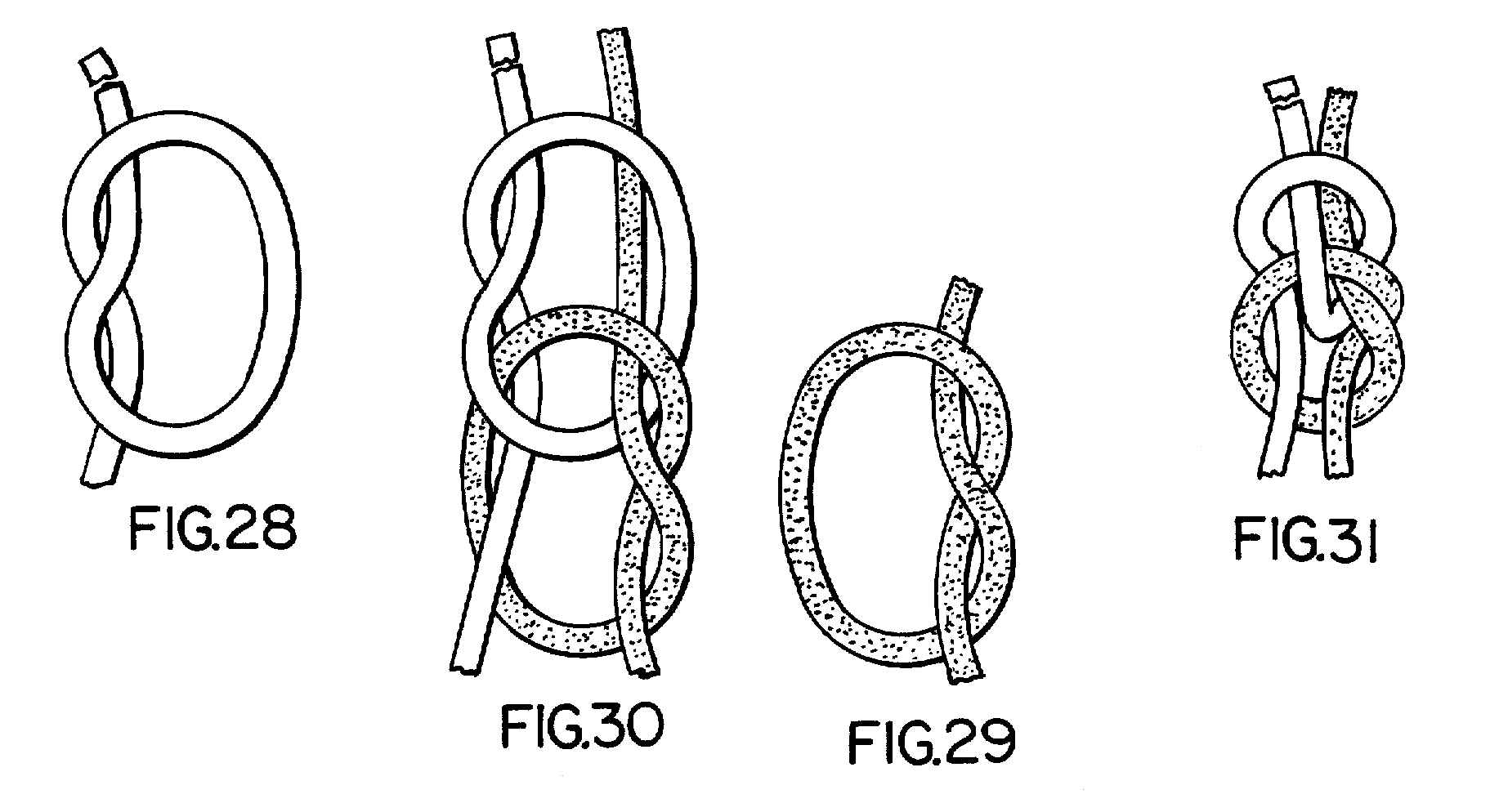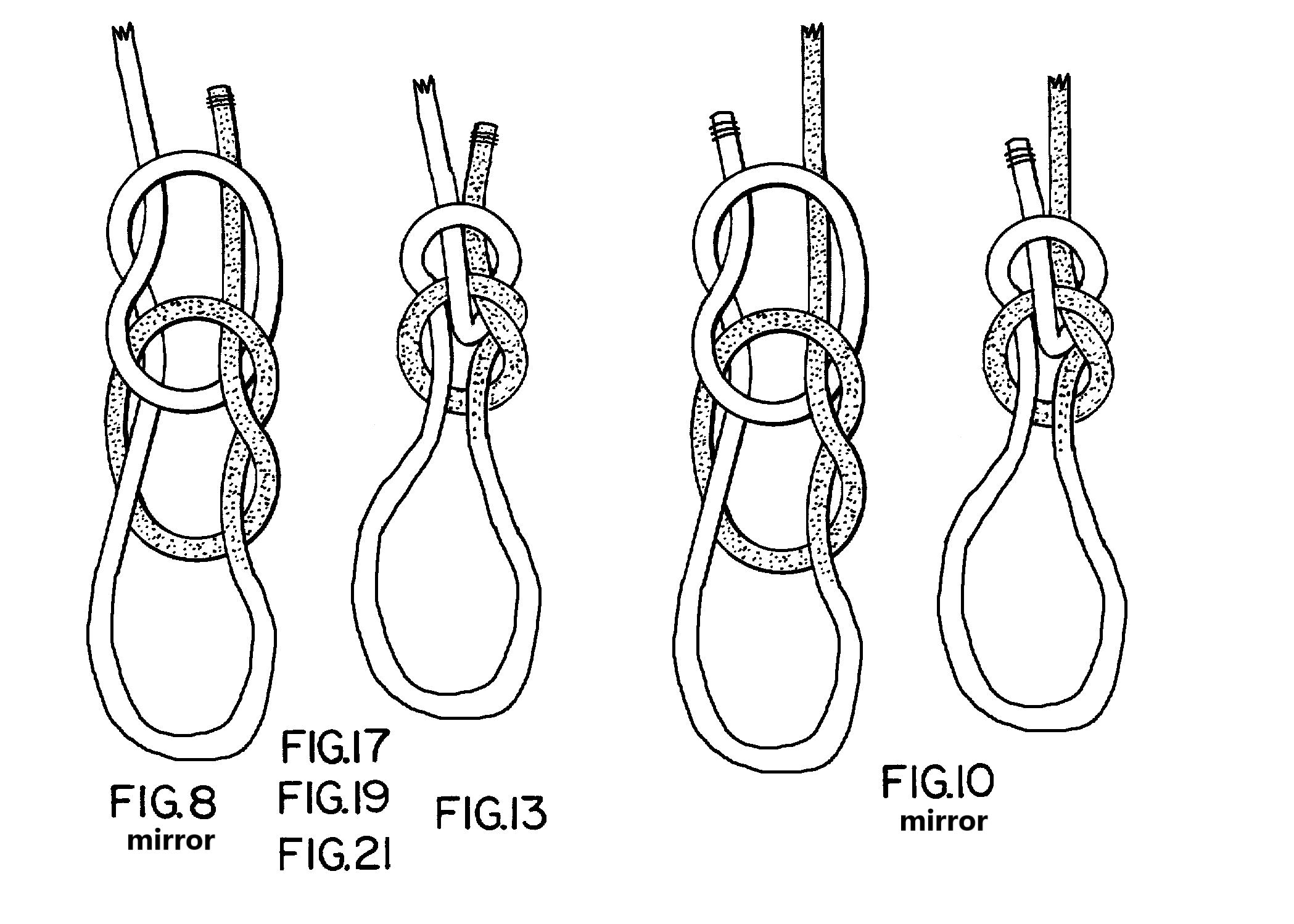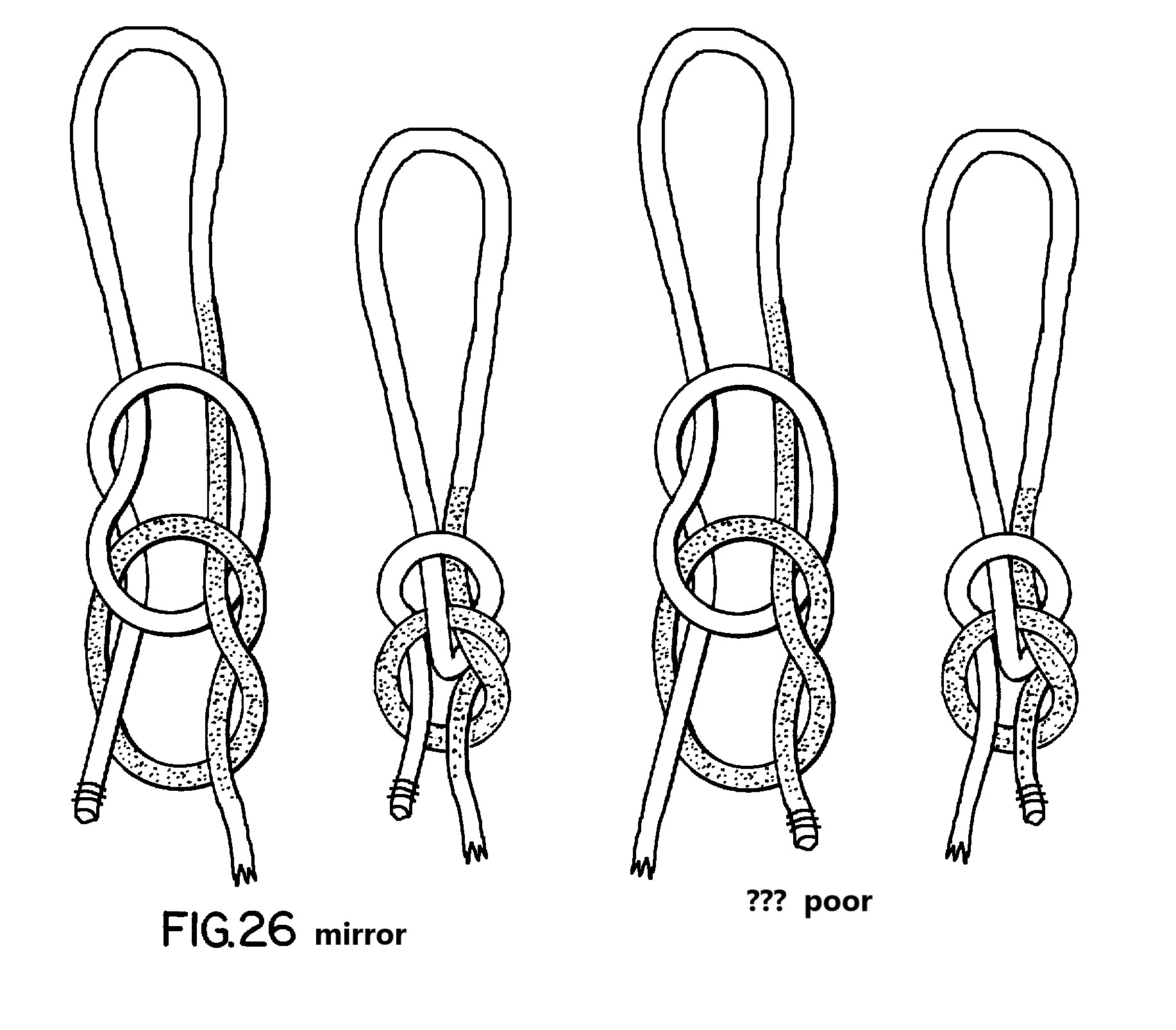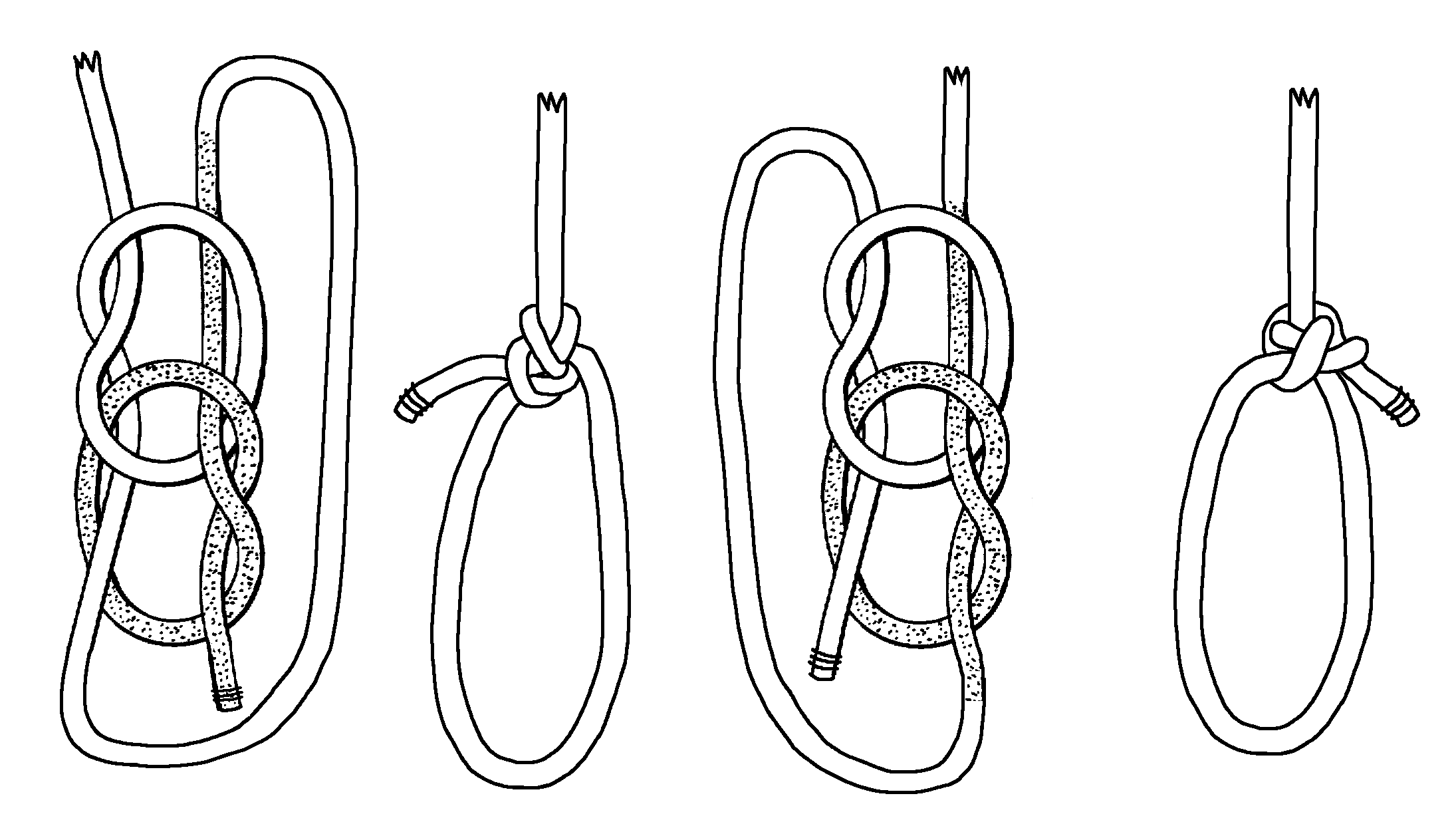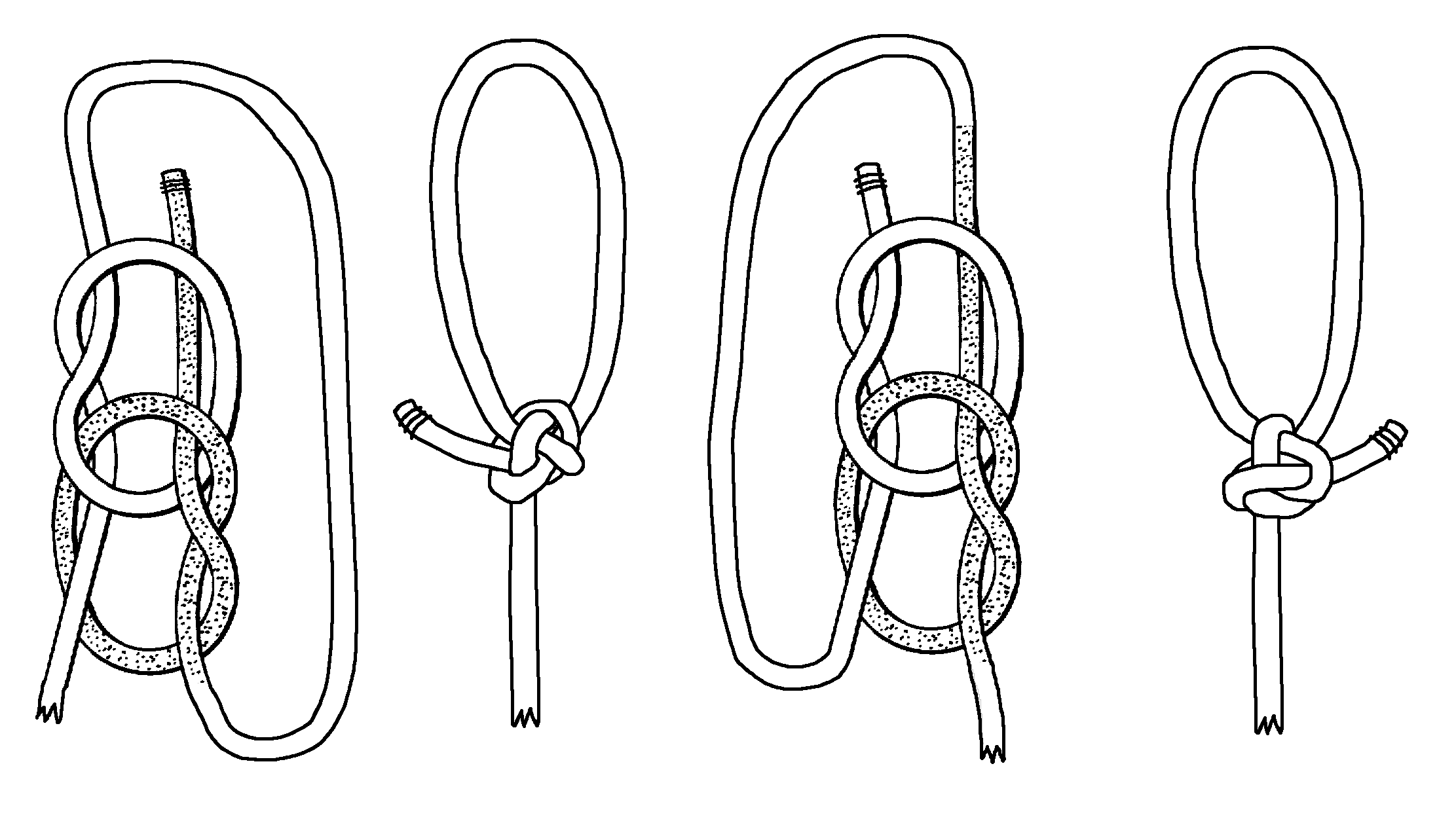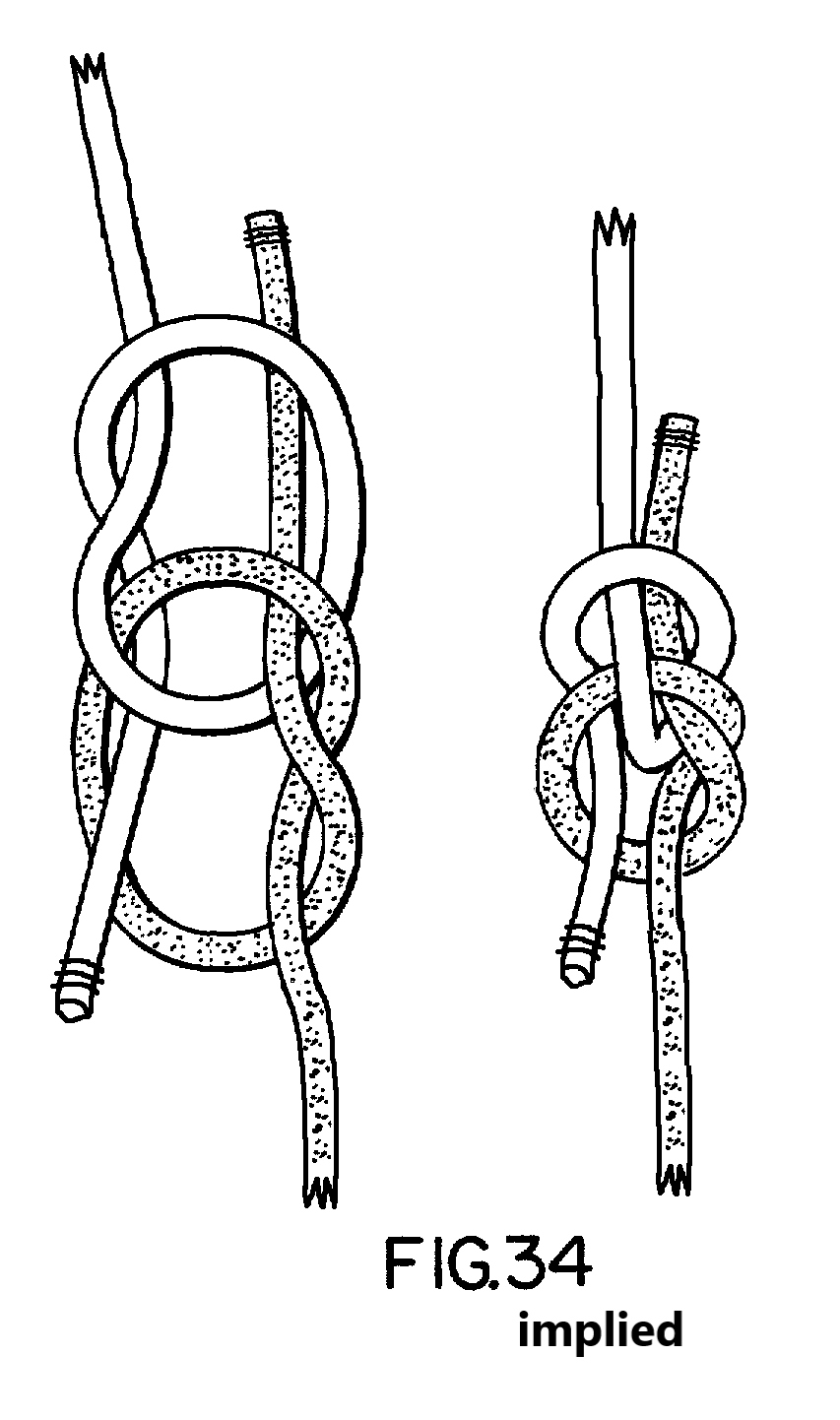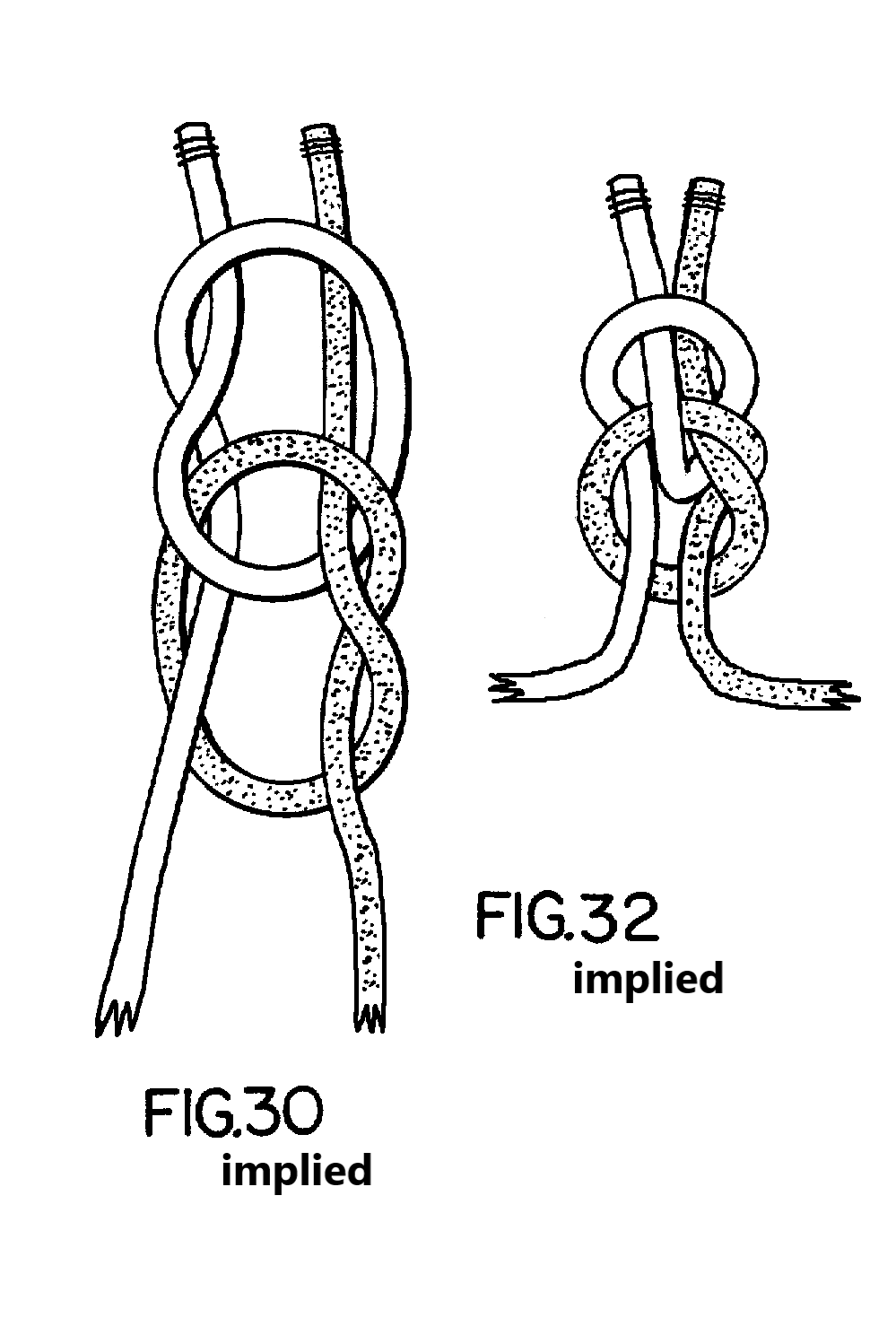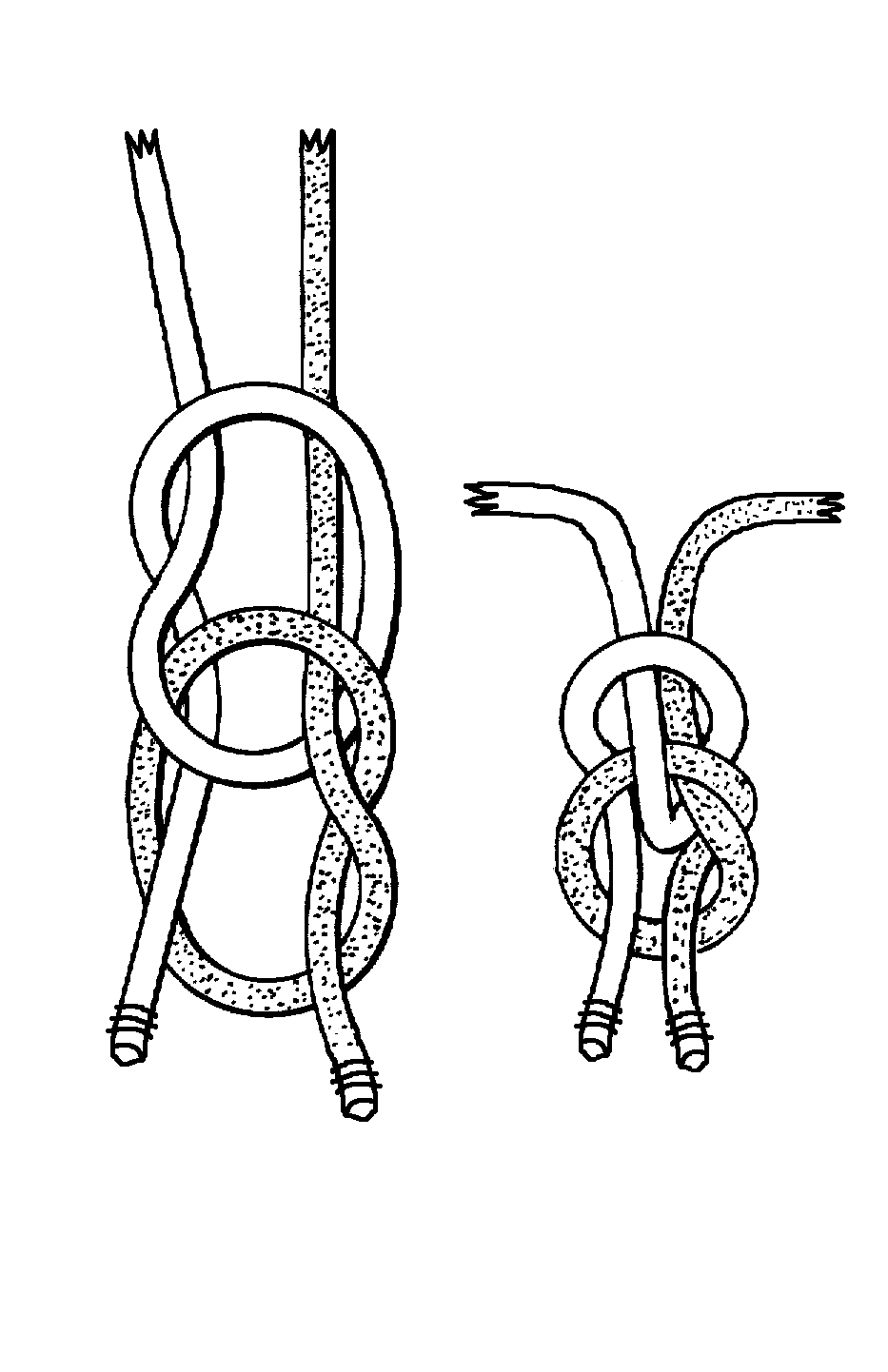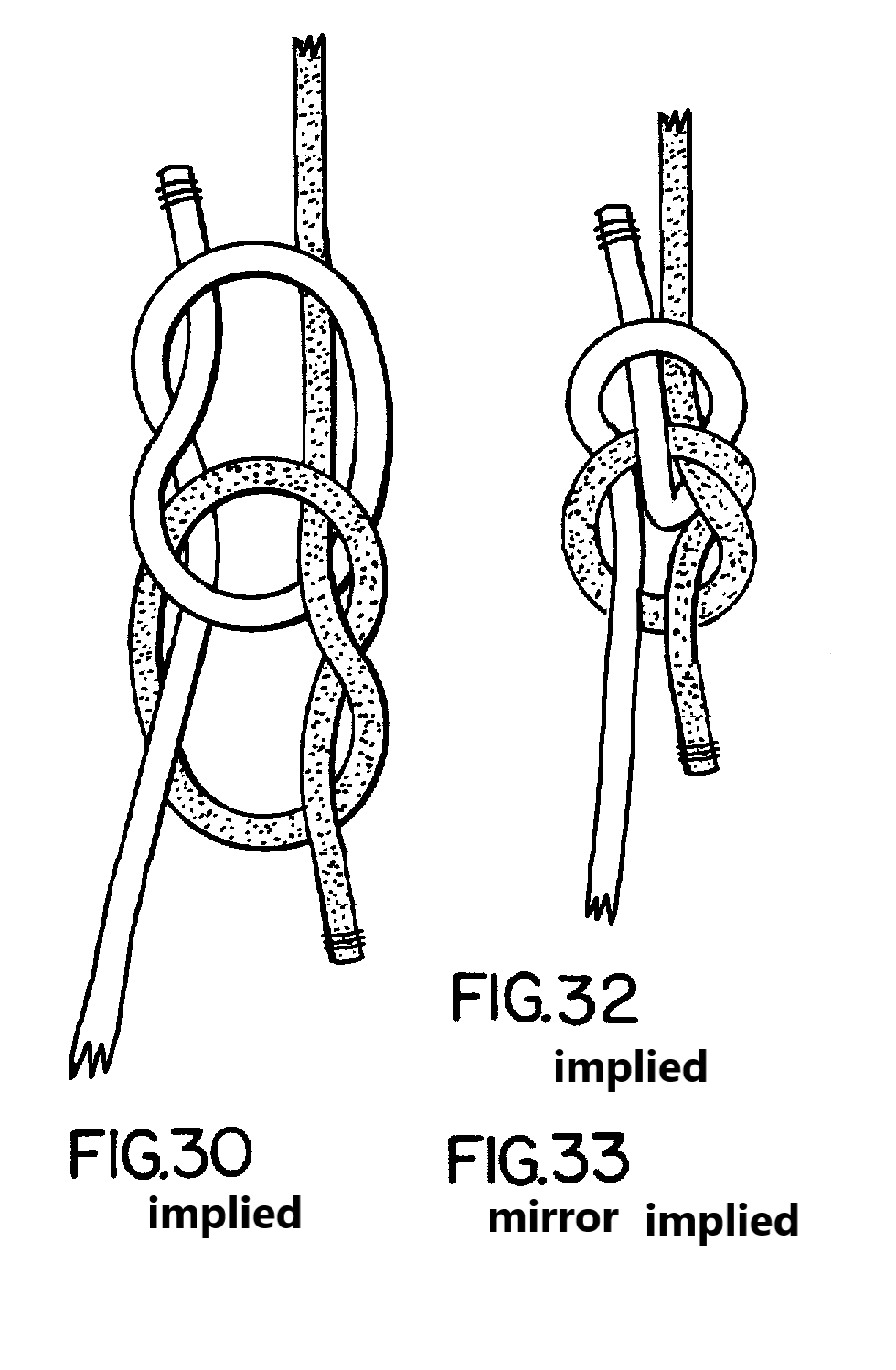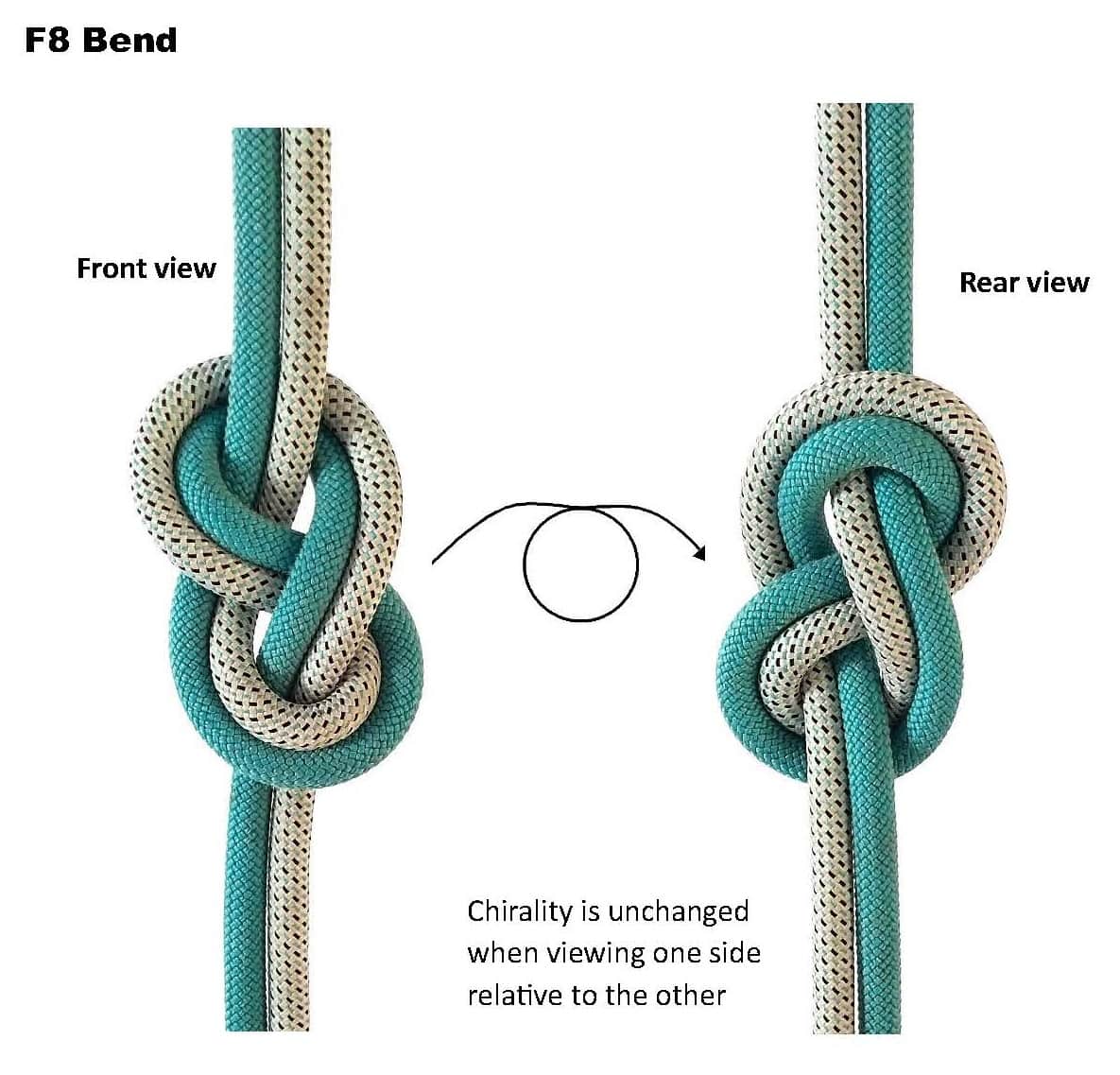This post is directed to Dan:
We are getting technical here…but it is useful to sort out definitions… because I think this is fundamental to any progress.
Also, this is a forum for technical discussion about knots - with deep dives into underlying concepts.
I don’t know of any other forum on planet Earth where these types of peer-level discussions are possible?
In this regard, I’m happy to explore this subject matter with a view to finding some common understanding and agreeance.
At the very heart of this subject matter is the English words we choose to convey complex ideas…Words have meaning.
In reply to your points…
I mean to push towards reaching the Tangle level
and then going from there with whatever particular
loading profiles
[u]We need to agree on definitions.[/u]
I hold the view that the word 'tangle' has a particular meaning as follows:
"a confused mass of something twisted together".
A random knot that accidentally formed in a rope might fit this definition (eg due to wind, strong hydraulic water flow in a stream, shaking/jostling, etc).
However, I am strongly of the opinion that when a person ties a knot he has a particular outcome and purpose in mind.
The knot tier directs his mind to the task - applying cognition - to achieve a particular and/or specific geometric outcome.
For example, I intend to tie a Butterfly eye knot (Ashley #1053).
The result I end up with can be verified against a known standard (I can look up #1053 in a book and verify it).
The end result (ie outcome) is either correct or incorrect. I am of the opinion that you can't say that a knot is [i]half [/i]correct (or 25% correct).
There must be some basis for establishing and agreeing upon certain standard geometric knot forms - for example, we all agree that a simple Bowline is depicted at #1010 in Ashley’s book.
In the same way, we have the ‘SI’ metric units of measurement - and we all agree on what a metre length is. And we all agree on what 1 kilogram mass is.
Without a standard model to compare against, there would be no way for an assessor to assess a trainee. A trainee could tie anything into a confused mass of twisted rope and demand to pass an assessment.
For example: An assessor asks a trainee to tie #1053 Butterfly. The trainee presents a confused twisted mass of rope to his assessor.
The trainee demands to be assessed as competent.
An assessor needs measurable criteria to enable decisions/judgements to be made about a student competence.
However, for this to be true - there must be an agreed standard for a knot that is assigned the name ‘Butterfly’.
Without an agreed standard - there can be no agreement - only confusion.
EDIT NOTE:
Can we assume Ashley and CL Day to be primary reference sources?
If I look up a knot that is assigned the name ‘Bowline’ - I anticipate finding the exact likeness as depicted at illustration #1010 in ABoK.
I would not expect to find the knot illustrated at #1047 (F8).
Humans assign names to things - eg I know what a tree looks like, and a chair, and a dog, etc.
If you asked me to tie a Zeppelin bend, I would assume that you had a specific geometry in mind - it wouldn’t be in the likeness of #1415 Double Fishermans?
If I tied and presented #1415 (instead of a Zeppelin bend) - I would surmise that you would look at me in astonishment?
You yourself have complained about which geometry is the ‘ASCii Bowline’.
You sent me a number of emails with ASCii code in an attempt to depict a certain knot geometry.
That is, you had a particular geometry in mind.
... I felt a bit constrained. In a sense, one isn't
so much deriving ... but showing --they're
right there, in the Tangle, to be ID'd per the Tangle
pieces(1-2 & A-B, for a 2-Tangle)
In order to show or demonstrate that something is being related to something else - one must derive it from a 'source'.
For me, the 'source' is the 'parent bend'.
I begin with a parent bend - and I derive the corresponding eye knots by linking the Tail(s) and S.Part(s) in various combinations.
I had posited that there are only 4 possible linkages that can be made.
Per your words… “showing they’re right there” suggests that you were able to identify something visually.
You observed some kind of congruence or correspondence from one thing compared to the other.
Could this “showing” be geometric in character? How else would you be able to "show’ something?
I had posited that it is the core structures that can be compared - the correspondence being that the cores have the same geometry.
Here again I use the word ‘core’ as my preferred way of identifying the ‘nucleus’ of a knot structure.
I define a knot core to denote the part of the knot that is central to its existence or character.
...per the Tangle pieces (1-2 & A-B, for a 2-Tangle)
I think you mean the segments that protrude/project from the [i]knot core[/i]?
The 1-2 and A-B don't have a clear-cut definition - hard for a layperson to understand (you would need to establish definitions).
Presumably you refer to the 4 segments (protuberances) exiting the knot core - and you are assigning an alpha-numeric coding to ID these segments?
In 3D space, which orientation gives rise to assigning a particular segment as a "1" in contrast to a "2", or "A/B"?
In other words, how do I determine which protruding segment is "1"?
[u]EDIT:[/u]
Given that a 'bend' has [u]2 Tails[/u] and [u]2 S.Parts[/u]...
Perhaps assigning the following alpha-numeric values might make it easier to understand:
S1, S2 and T1, T2
S1 = "S.Part 1" (one of the standing parts)
S2 = "S.Part 2" (the opposite standing part)
T1 = "Tail 1" (one of the tails)
T2 = "Tail 2" (the opposite tail)
S1 can link to S2 (S1-S2)
T1 can link to T2 (T1-T2)
S1 can link to T2 (S1-T2)
S2 can link to T1 (S2-T1)
*Note that S1 cannot link to T1 (both originate from the same rope)
*And S2 cannot link to T2 (both originate from the same rope).
I find this alpha-numeric system and my descriptions to be more ‘logical’ than your 1-2 / A-B annotation.
You may choose to disagree (and that’s fine).
What happens if "core/nub" is omitted --esp. re e2e joints!?
In a 'bend', there will be 2 S.Parts and 2 Tails?
I think you might also have contemplated another type of 'bend' which is an edge case - eg the linking of 2 eye knots?
For example; I could link the [i]eye [/i]of a #1010 simple Bowline to the [i]eye [/i]of another #1010 simple Bowline.
Would this be your alternative definition of a 'bend'?
For me, I see this as [u]a composite union of 2 eye knots[/u] - with each eye knot possessing its own core.
Perhaps a stricter definition of a 'bend' is that the union only has 1 [i]core [/i](not 2 separate cores).
In the case of 2 cores (linking 2 eye knots) - this is a composite structure - and each knot core will respond to load accordingly.
[it could be the linkage of #1010 simple Bowline to #1047 F8...an eye-to-eye link... Each eye knot responds differently to load.]
Well, it points out a significant change of your
vaunted geometry in a knot that is put together
able to have such difference.
(Consider also how there are different dressings
of the Fig.9 EK.)
I note the use of "[i]your vaunted geometry[/i]" phrase.
It isn't 'vaunted' per se - its simply a logical choice.
If I tie a Zeppelin bend - it will have a known geometry.
(although again, there must first be an agreed definition/geometry for what constitutes a Zeppelin bend).
If I tie #1411 F8 bend - it has a known geometry.
Here I assume the energy stable dressings - the simplest most symmetric dressing that is demonstrably stable under load.
With an 'F9', its simply a matter of declaring a particular dressing - again - the most energy stable dressing is logical.
For all 'bends' and 'eye knots' one must settle on a dressing - nominally the most energy stable dressing.
For example: An F8 bend (#1411) can be tied with a flat parallel dressing state - but this is unstable.
One can also apply the same general principle to an offset joining knot - eg #1410 - where some dressings will be more unstable.
Again - we need to have agreed standard to reference against.
An F8 and an F9 eye knot can have different dressing states.
However, we know that there are geometries that are more stable in response to load.
Example:
A trainee is asked to tie an F8 eye knot.
The trainee presents the F8 to his assessor.
What is the criteria the assessor is making judgements about?
What evidence does an assessor require to form a judgment about the trainees competence?
What evidence is required for an assessor to declare a trainee ‘competent’?
Note: Assessment should also capture consistency of performance - to rule out random chance success, the trainee should accurately tie the F8 at least 3 times.
Accuracy and consistency ought to be part of the assessment criteria.
EDIT NOTE:
I’ve added an image to illustrate the concept of a standard reference.
An assessor could look up what an ‘F8 bend’ looks like in a primary source (eg Ashley).
An F8 bend is found at illustration number One thousand four hundred and eleven (#1411).
However, Ashley does not define what an energy stable dressing is… one can only assume that the depicted dressing is ‘optimal’ for loading.
I define an energy stable dressing state as:
“Being optimal for loading - to the extent that the knot remains stable and exhibits the least degree of distortion in response to load”.
With respect to the attached image below: Image ‘B’ is energy stable.
